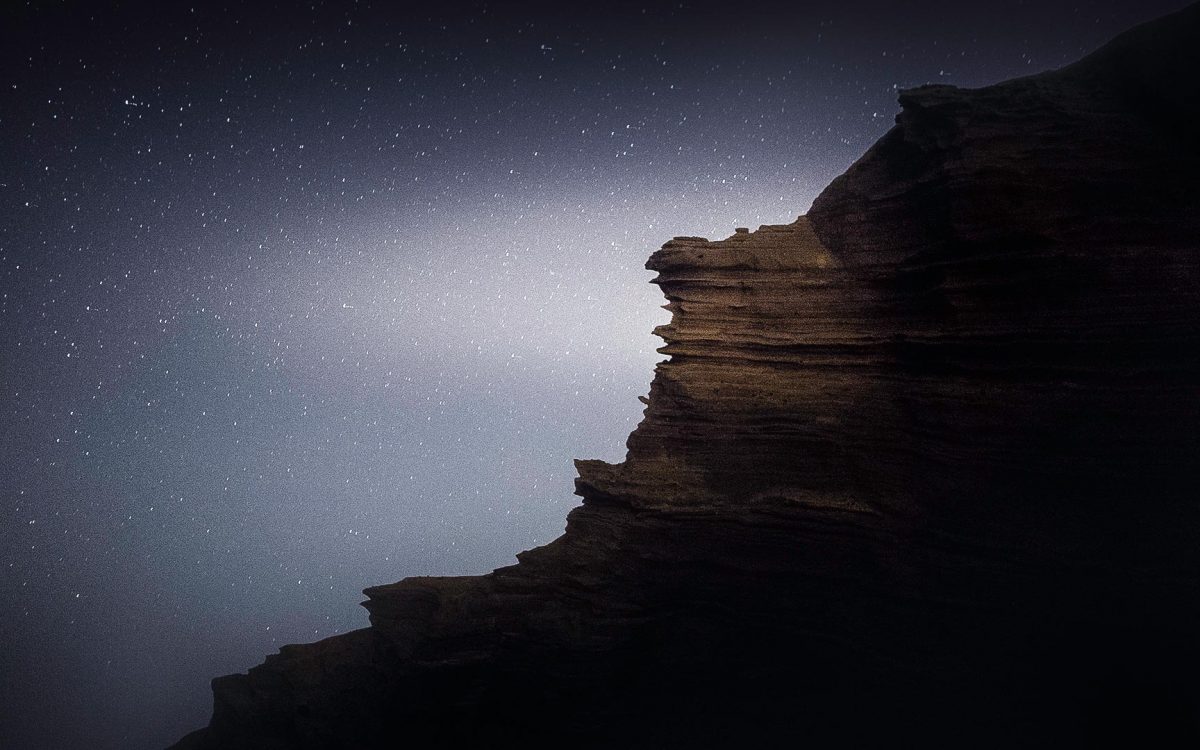Peruse any typical photo album from a holiday on Santorini and it won’t be long before you come across an image of its famed sunset. This is the time of the day when tourists line up and impatiently wait their turn to pose at the spots with the best views towards the caldera as the sun dips into the sea.
Other photos will doubtlessly feature archetypical images of the Cyclades: cats posing in charming alleys, sugar cube-like houses and tiny churches bathed in light, all against the background of the impossibly blue sea and summer sky.
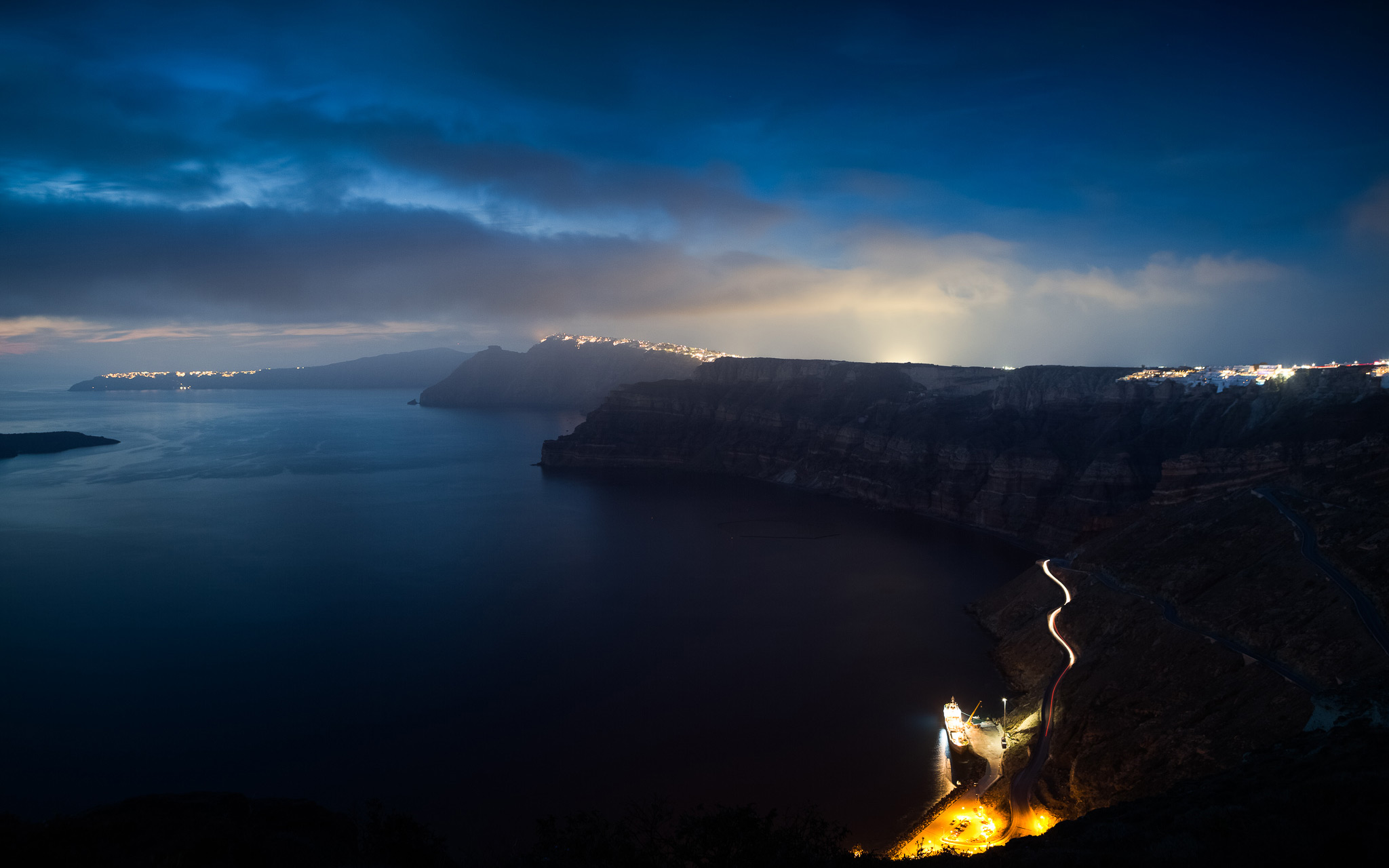
© Konstantina Sidiropoulou
Few have seen Santorini in the dark. Even if you have been to the island, your evenings were likely spent in restaurants and bars, or strolling in the alleys lit up the shops.
But Konstantina Sidiropoulou, owner of K.Yellow Photography on Santorini, has found the darkness to be just as spectacular a canvas as the caldera.
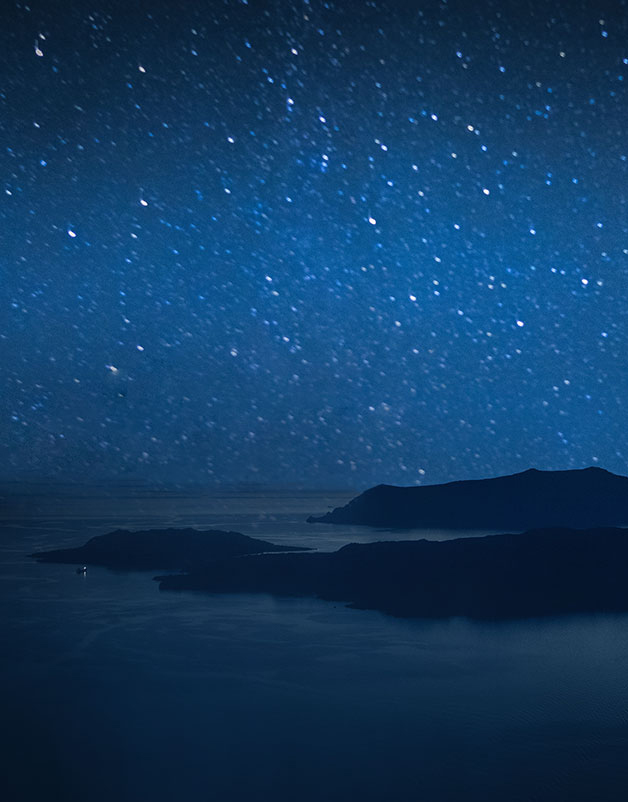
© Konstantina Sidiropoulou

© Konstantina Sidiropoulou
At night, the volcanic landscape takes on a different character – more dramatic and intriguing. When there’s moonlight, shadows enhance every crevice of the rocks, making them look almost alive. To find such scenery, Sidiropoulou ventures away from the villages and their light pollution.
“Luckily, away from the crowds and the hotspots we can find wild volcanic landscapes which are ideal for astrophotography,” she explains in a recent post on her blog.
“Once the night takes pride of place, the sky is transformed into an ocean of blue and purple where everything but the jagged edges of the volcanic landscape is cast in shadow. The stars are a blanket, each one telling its own story.”
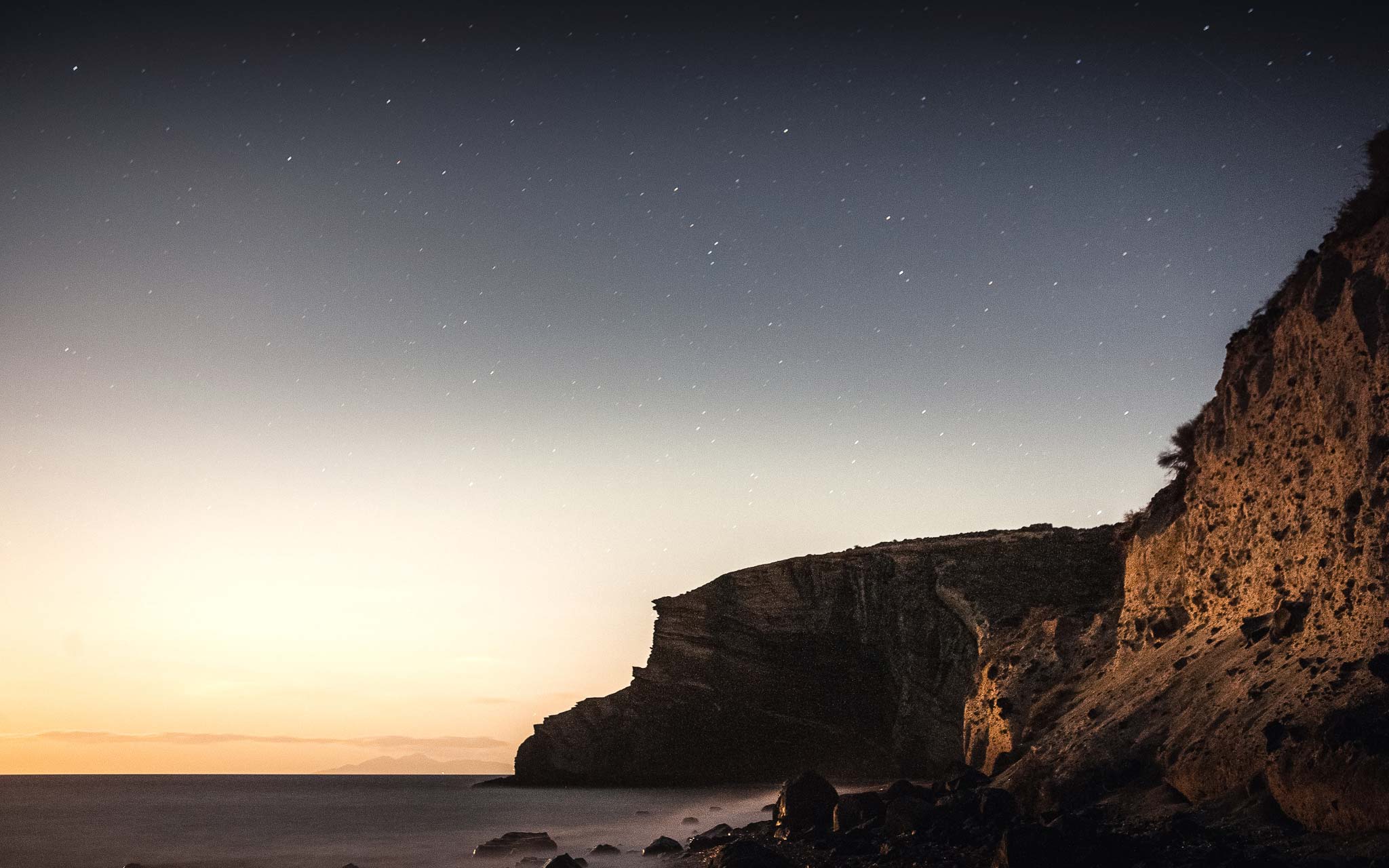
© Konstantina Sidiropoulou
Another thing that makes night photography difficult on the island is the humidity in the summer. “For photography lovers,” Sidiropoulou explains, “this island is even more beautiful during winter time.”
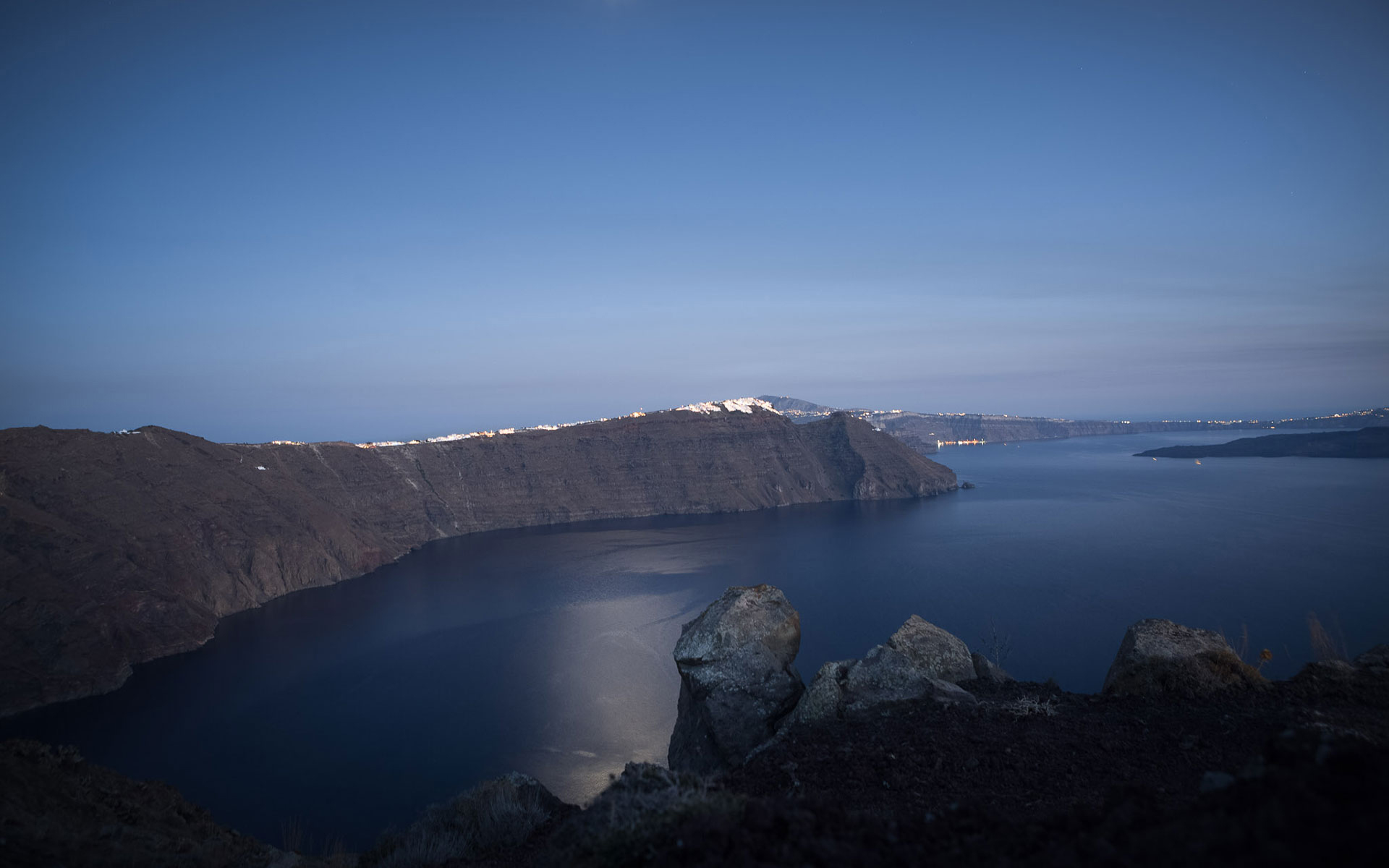
© Konstantina Sidiropoulou
For those who would like to experience Santorini in the dark, and take some incredible photos, Sidiropoulou hosts a 2-hour “Night & Astrophotography” workshop, available to book through her website, here.

